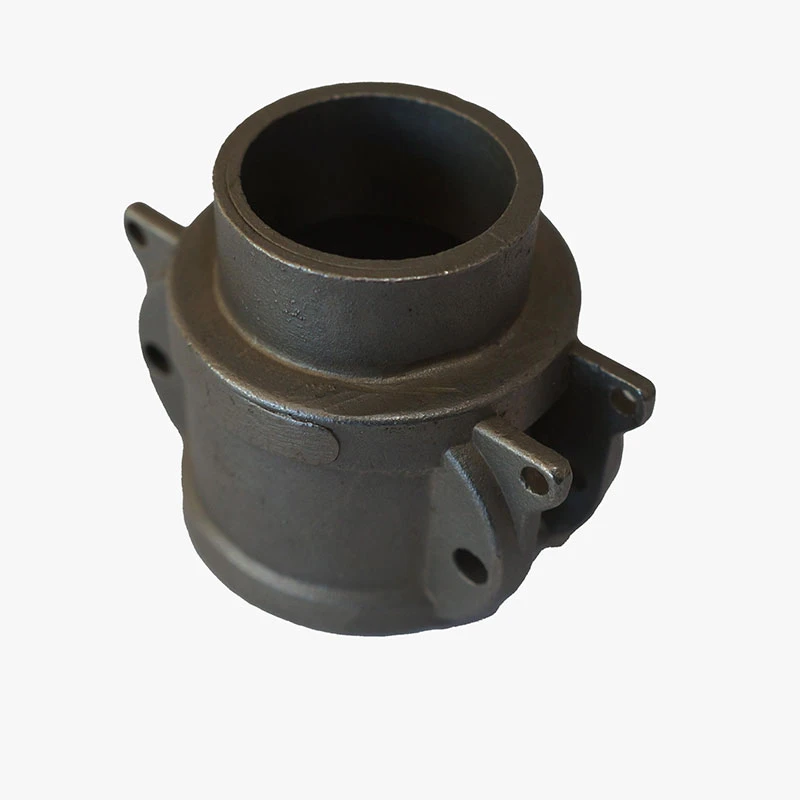Exploring the Properties and Uses of Olivine Foundry Sand in Casting Applications
Olivine Foundry Sand A Valuable Resource for Metal Casting
Olivine foundry sand, derived from the mineral olivine, is increasingly gaining recognition as a critical material in the metal casting industry. This particular type of sand is composed primarily of magnesium iron silicate and holds several distinct properties that make it advantageous over traditional foundry sands, such as silica sand. The unique qualities of olivine foundry sand, combined with its environmental benefits, have led to its growing adoption in foundries around the world.
One of the most notable features of olivine foundry sand is its high melting point, which is approximately 1,500 degrees Celsius (2,732 degrees Fahrenheit). This property makes it exceptionally suitable for metal casting applications, as it can withstand the extreme temperatures involved in the pouring of molten metals. Unlike silica sand, which can break down under high heat and potentially produce harmful crystalline silica dust, olivine maintains its integrity, providing a safer working environment for foundry workers.
Moreover, olivine foundry sand exhibits excellent thermal conductivity
. This trait enhances the cooling rates of castings, leading to improved dimensional stability and the reduction of casting defects. The efficient heat transfer properties of olivine help ensure that metal components cool uniformly, which is critical for maintaining the desired quality and structural integrity of the final product. Consequently, manufacturers can achieve better surface finishes and finer detail in their castings, meeting the rising demands of consumers for high-quality metal products.olivine foundry sand

Environmental sustainability is becoming an increasingly important consideration in manufacturing processes, and olivine foundry sand scores highly in this area. Being a naturally occurring mineral, it is a more eco-friendly alternative to synthetic sand products. Additionally, olivine's unique chemical properties allow it to absorb carbon dioxide. As the foundry industry seeks to reduce its carbon footprint amidst global climate change concerns, utilizing olivine foundry sand offers a practical solution for capturing CO2 emissions. This characteristic transforms what was once a purely industrial material into a tool for environmental sustainability, aligning with the industry's shift towards greener practices.
The use of olivine foundry sand can also lead to operational cost savings for foundries. Its durability reduces the need for frequent replacements, thereby lowering material costs over time. Additionally, the enhanced casting quality and reduced defect rates can lead to decreased rework and scrap rates, further streamlining production processes and saving resources. Overall, olivine foundry sand represents an economically viable option that speaks not only to quality and efficiency but also to the increasing demand for sustainable raw materials.
Despite the many advantages of olivine foundry sand, there are still challenges to its widespread adoption. Awareness of its benefits is crucial for foundry operators and decision-makers. Education and knowledge-sharing about olivine's properties and advantages can help bridge the gap and encourage its utilization across various foundry applications. Furthermore, infrastructure for mining and processing olivine needs to be developed in regions where its occurrence is abundant. This could involve investments in mining operations and transportation logistics to ensure that foundries have reliable access to high-quality olivine sand.
In conclusion, olivine foundry sand stands out as a valuable material in the metal casting industry due to its unique properties that offer significant advantages over conventional foundry sands. With its high melting point, excellent thermal conductivity, environmental benefits, and potential for cost savings, olivine is poised to play a crucial role in modern foundry practices. As the industry continues to innovate and evolve, olivine foundry sand is likely to gain more recognition, contributing to the advancement of sustainable and efficient metal casting operations. Its potential is immense, and with the right focus and investment, olivine foundry sand could redefine the standards of material usage in foundries for years to come.
-
crawler mounted drill rig-Baoding Hairun Machinery And Equipment Trading Co., Ltd.|Underground Drilling Solutions, Confined Space EfficiencyNewsAug.16,2025
-
Custom OEM Couplings | Precision Machining & ManufacturingNewsAug.16,2025
-
Advanced Drilling Solutions for Confined Spaces - Baoding Hairun Machinery | Crawler Mounted Drill Rig&Confined Space ApplicationsNewsAug.16,2025
-
Drill For Confined Spaces-Crawler Drill Rig for Mining Applications|Baoding Hairun Machinery And Equipment Trading Co., Ltd.NewsAug.16,2025
-
Crawler Mounted Drill Rig-Baoding Hairun Machinery And Equipment Trading Co., Ltd.|Compressed Air Power&Frame SupportNewsAug.15,2025
-
Crawler Drilling Rig - Baoding Hairun|Confined Space Drilling&Mine SafetyNewsAug.15,2025















